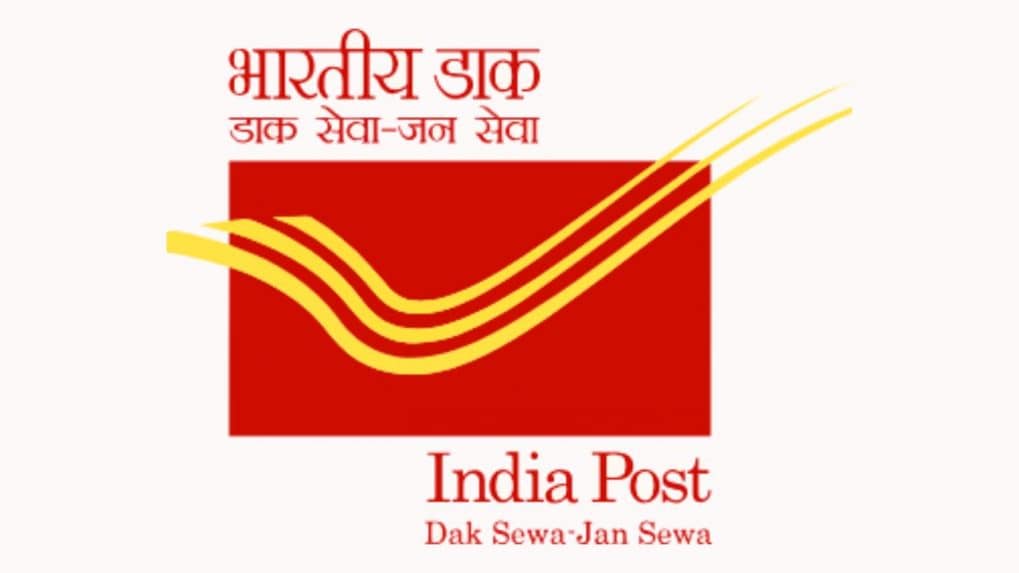India’s postal network defies gobal decline; posts Rs 2,353 cr in letter delivery revenue in 2024-25
Speed Post and Registered Letter traffic rose to 87.64 crore in FY25, generating over Rs 2,352.5 crore in revenue, defying global trends of postal decline, according to Minister of State for Communications and Rural Development Dr. Pemmasani Chandra Sekhar.
ADVERTISEMENT
In a surprising turn amid the age of emails, instant messaging, and digital deliveries, India’s traditional postal services, particularly Speed Post and Registered Letters, are not only surviving but growing steadily, both in volume and revenue.
Contrary to global trends that suggest a sharp decline in physical mail usage, the Department of Posts (DoP) has witnessed an uptick in mail business over the past several years.
In a written response to the Lok Sabha on July 30, 2025, Minister of State for Communications and Rural Development Dr. Pemmasani Chandra Sekhar stated that postal traffic has grown from 72.61 crore in FY19 to 87.64 crore in FY25, while total revenue from Speed Post and Registered Letters increased from Rs 2,057.84 crore to Rs 2,352.55 crore in the same period.
Read more: Shipway and India Post expand e-commerce reach to remote areas
"It is not a fact that mail business has come down sharply in India,” the Minister affirmed, countering assumptions of a postal decline.
This growth is particularly noteworthy given that countries across the world have reported a drop in physical mail volumes as businesses and consumers switch to digital communication and e-services. The Indian postal network, however, appears to have strategically adapted by embedding itself deeper into rural ecosystems and aligning with emerging digital and operational efficiencies.
To sustain and grow this momentum, especially in rural and remote regions, the Department of Posts has rolled out a host of reforms. These include real-time tracking and delivery updates via mobile apps and SMS alerts, volume-based discounts for bulk users, centralised billing through the National Account Facility, and API integrations for operational transparency and efficiency.
Read more: Department of Posts releases beta version of DIGIPIN for feedback
"API-based integration for seamless exchange of data for pick-up, booking, determining tariff, ascertaining pin codes etc. with contractual customers for improved operational efficiency," it was informed to the House.
Additionally, the postal network is being used for Aadhaar enrolment and updates, often conducted through mobile units stationed at schools, health centres, and panchayat offices. Verification services for government schemes like PMEGP and financial institutions have also been enabled via the post offices to enhance financial inclusion.
Importantly, all post offices, including those in rural areas, are now integrated with Core Banking Solutions (CBS), enabling services like NEFT, RTGS, mobile banking, ATMs, and more. The India Post Payments Bank (IPPB) has equipped branch post offices with mobile devices to offer these services at the last mile, further enhancing both utility and revenue potential.
India's postal network seems to be reinventing itself as a hybrid public utility, blending physical reliability with digital convenience—especially for Bharat's rural heartland.
On July 29, Sekhar also chaired a high-level review of the Mail Operations, Parcel Operations, and Business Strategy divisions of the Department of Posts, to reposition India Post as a technology-driven, citizen-centric logistics and e-commerce enabler.
The Minister noted that this transformation is not merely a modernisation effort but a fundamental reimagining of India Post’s role in a rapidly evolving digital economy. “India Post’s unmatched physical footprint must now be complemented by cutting-edge digital capabilities. This transformation is about scale, speed, and service for every Indian—from the remotest village to the busiest metropolitan area,” he said.
Read more: India Post embarks on tech-driven transformation to become premier public logistics platform
During the review, the Minister was informed about the upgrades designed to introduce real-time track and trace capabilities, customised services for bulk customers, electronic proof of delivery, OTP-based authentication, digital payments, and open API integration. The Minister also called for the reinvention of India’s oldest delivery service to meet the demands of a new era by leveraging technology-enabled services.
Officials informed the Minister that more than 86,000 post offices are currently using the new application. By August 4, 2025, the entire network of approximately 165,000 post offices will have migrated to the new platform.
In line with industry best practices, the Department has introduced centralized delivery for all categories of mail and parcels by setting up dedicated Delivery Centres that consolidate the service areas of existing post offices. These Delivery Centres will enable the Department to offer flexible delivery services, including Sunday and holiday deliveries, as well as morning and evening delivery options. A total of 344 Delivery Centres have been launched nationwide during Phase 1.
Last year, the Department of Posts in collaboration with IIT Hyderabad, developed a National Addressing Grid- Digital Postal Index Number (DIGIPIN), the beta version of which was been released for the public feedback.
Read more: 43 OTT platforms blocked for 'obscene' content: Union Minister Ashwini Vaishnaw informs Parliament
This system was said to act as a strong and robust pillar of Geospatial Governance, leading to enhancements in public service delivery, faster emergency response and a significant boost to logistics efficiency.
The objective of the initiative was to establish a standardised, geo-coded addressing system in India, for ensuring simplified addressing solutions for citizen-centric delivery of public and private services.


